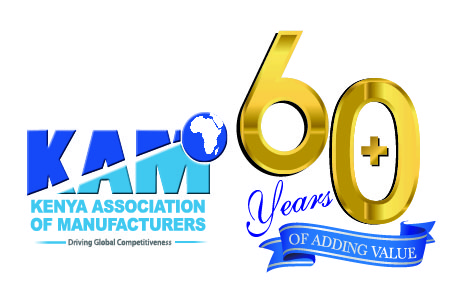How Counties Can Benefit from Environmental Governance
By Phyllis Wakiaga
At the heart of building an investor-attractive county, is the need to demonstrate a clean and pleasant environment which allows business to run smoothly. What makes it even more attractive is a county’s ability to instill a sense of community, belonging, well-being and security for its own citizens who become its primary ambassadors.
To achieve this, any county must show leadership in instituting sustainability measures in its operations, infrastructure and culture. Infrastructure is not only limited to roads, rail and buildings but extends environmental and waste management systems that, when we think of it, are a large contributor to making our towns visually attractive, giving a sense of comfort and peace of mind.
Waste management is a function that is devolved to local government and therefore places huge emphasis on the county government’s role in ensuring sustainability. However, poor governance has been cited as the major cause for system failures all over the world including sanitary and waste management systems. These failures have resulted in citizens losing confidence and trust in their governments, thereby distancing themselves from the onus of keep and maintaining clean streets, parks and other public spaces. Their sense of ownership dissipates and even worse they become negligent. Hence County Governments not only need to invest in resources for waste management but also in governance structures that are efficient.
This is where the idea of Environmental Governance comes in. It has often been said that if you walk into a clean city then it is an indicator that ‘things are working’ quite well. Environmental Governance looks at bringing together various governance elements to deal with complex environmental challenges whilst involving different stakeholders. It endeavours to achieve excellence in environmental conservation and safety whilst creating a culture of sustainability supported by strong and sturdy operational systems.
Calgary city in Canada was this year named the cleanest city in the world for the 5th time in 7 years. With a population of over 1 million, the citizens of Calgary have exalted the ideals of preserving a natural environment through five basic principles. These are, avoiding traffic congestion, air pollution, ensuring water availability and drinkability, efficient sewage system and waste removal and recycling. These principles are part of their education system and are embedded in the city’s governance structures so that contravening any of them incurs heavy penalties. Calgary is an example that environmental governance is achieved through a multi-pronged approach that targets both the physical structures which visibly demonstrate the efficacy of the governance, and social structures that enhance a sense of collective action.
There are three ways in which environmental governance can be enacted, first is through inclusivity. This means involving the citizens through education and awareness and decision-making beginning with areas that are currently underserved and worst hit by disposal challenges. Secondly, involvement of all stakeholders in the vision of creating a sustainable future through investment both in technical and operational matters. For example undertaking water audits to determine how much wastewater is produced from companies and investing in water treatment plants for recycling. Thirdly, instituting effective policies and bodies to oversee the implementation of regulations towards environmental management. This includes penalizing actions that go against environmental conservation, monitoring and evaluation of the effectiveness of these policies as well as a review whenever necessary.
Counties are the cornerstones of Kenya’s economic growth and a lot of our development towards the future is pegged on them flourishing. As the world moves towards smart, green economies, devolved governments should be at the forefront of embracing these ideas and tailoring them to benefit their citizens economically, by ensuring sustainability, Inclusivity and Equity.
The writer is the CEO of Kenya Association of Manufacturers and the UN Global Compact Representative to Kenya. She Chairs the Kenya Industrial Water Alliance and can be reached on ceo@kam.co.ke
Looking for elevation? KAM lifts you up.
- Direct technical assistance
- Capacity building programmes
- Networking and mentorship
- Industry insights & analysis
- Trade & export development services
